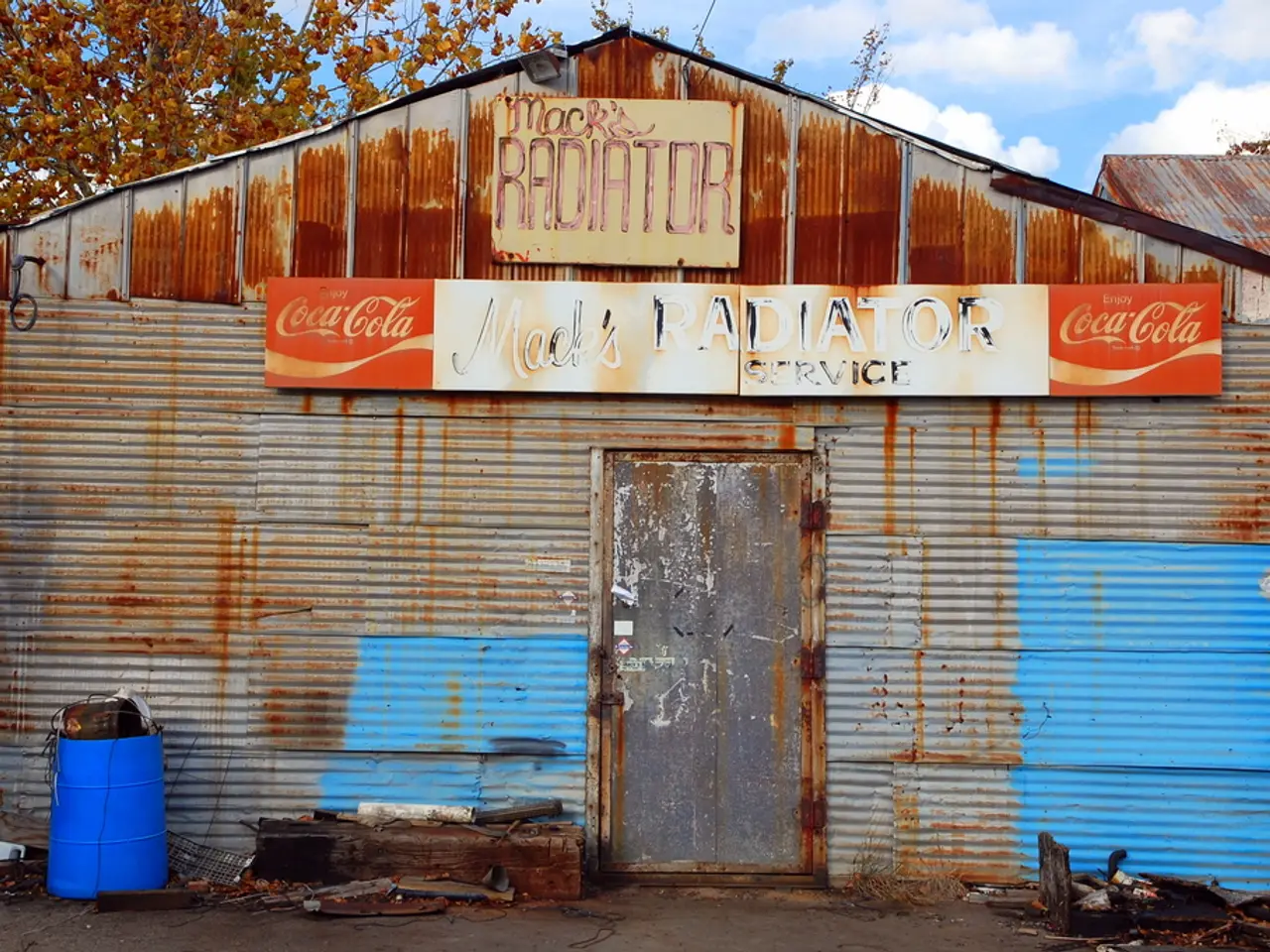Grants granted for asbestos disposal management
Taiwan Enacts Strict Safety Measures for Post-Typhoon Asbestos Disposal
Following Typhoon Danas, Taiwan has implemented stringent safety precautions and cleanup measures for handling and disposing of asbestos waste. The Ministry of Environment (MOENV) has allocated a special budget of NT$780 million (around US $260 million) to support local authorities and homeowners in asbestos remediation.
The key safety precautions and disposal protocols include:
- Encouraging the safe removal of asbestos debris through subsidized decontamination programs for homeowners, which likely include professional asbestos abatement procedures to prevent fiber release.
- Controlled collection, packaging, and transport of asbestos-containing waste by trained personnel using appropriate personal protective equipment (PPE), such as respirators and protective suits, to minimize airborne fiber exposure.
- Proper disposal in designated hazardous waste landfills or facilities capable of safely isolating asbestos waste to prevent environmental contamination.
- Public warnings and education campaigns to inform residents about asbestos risks and to prohibit untrained individuals from handling asbestos waste themselves.
Asbestos, an insulation material, was used in roofing materials in Taiwan in the 1970s and 1980s but was later banned due to health concerns. The principle of dealing with asbestos waste is "no exposure, no breakup, no leakage."
Approximately 240,000 buildings nationwide have asbestos in their roofs, according to ministry data. The 15,000 tonnes of asbestos waste are concentrated in southern Taiwan, with nearly 60% in Tainan and about 35% in Chiayi County.
People are advised not to remove asbestos tiles from roofs themselves; professional demolition companies are recommended. Those who handle asbestos waste are advised to wear N95 masks, gloves, and use canvas or plastic bags to wrap debris.
The risks of asbestos exposure are divided into five levels, according to Chemicals Administration Director-General Hsieh Yein-rui. Asbestos fibers are harmful when inhaled, as revealed by studies. The risk of asbestos exposure is relatively low for buildings with intact roofs, but it increases during renovation or demolition.
Local governments have reported approximately 6,000 asbestos-damaged sites to the ministry. The public is reminded to maintain a distance of 10 meters from broken asbestos roofing sheets and avoid lingering near them. Bad weather in southern Taiwan might affect the asbestos disposal process.
[Photo: Taipei Times]
Note: This article is based on available information and does not contain additional reporting.
In light of the asbestos waste resulting from Typhoon Danas, Taiwan's Ministry of Health and Welfare could collaborate with the Ministry of Environment (MOENV) to implement health-and-wellness guidelines for professionals handling asbestos waste. These guidelines may include the use of therapies-and-treatments, such as respirators and protective suits, to protect against asbestos fibers, which are known to be harmful when inhaled (revealed by studies). Moreover, the environmental-science community could conduct studies on the impact of asbestos waste on climate-change, as the principle of dealing with asbestos waste is "no exposure, no breakup, no leakage," and the handling of asbestos waste could potentially contribute to environmental contamination.




